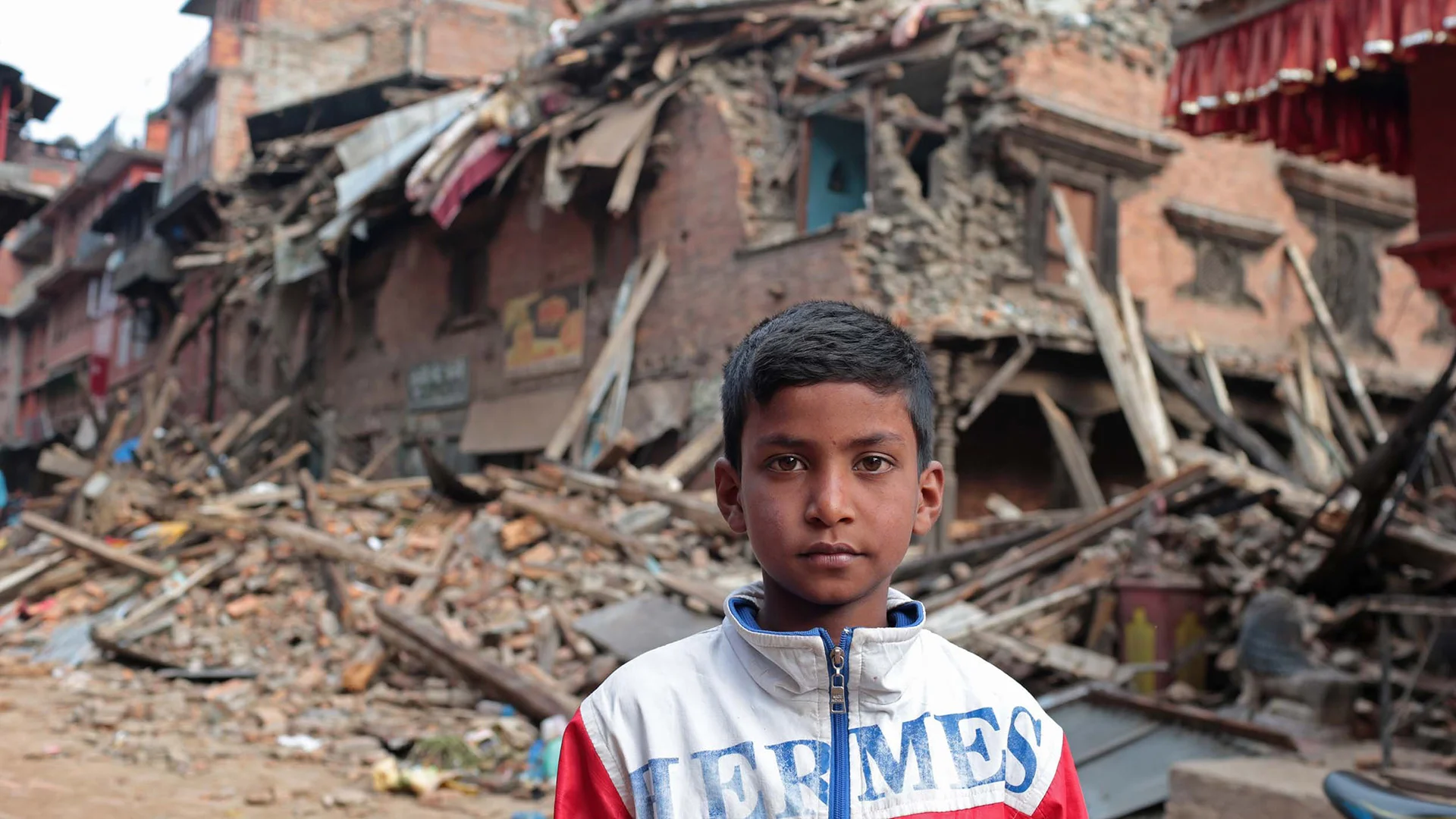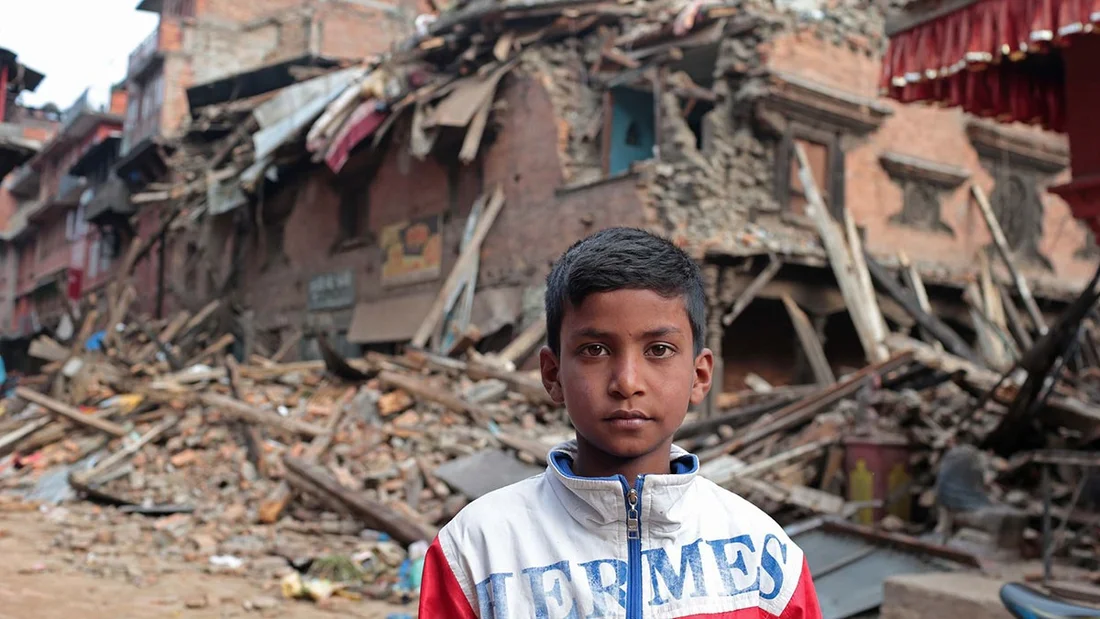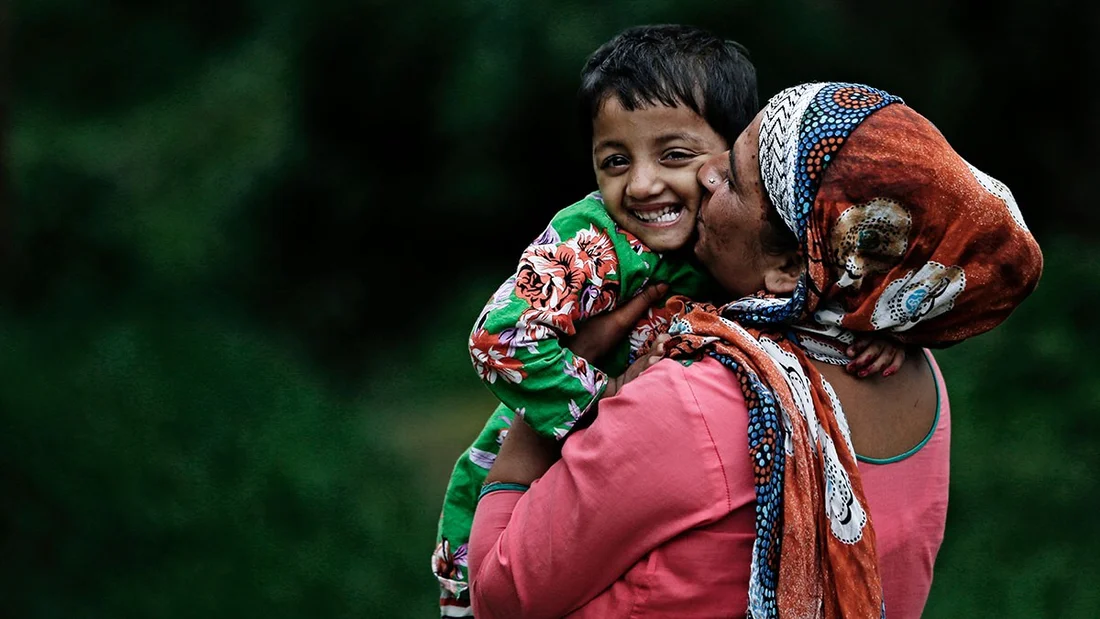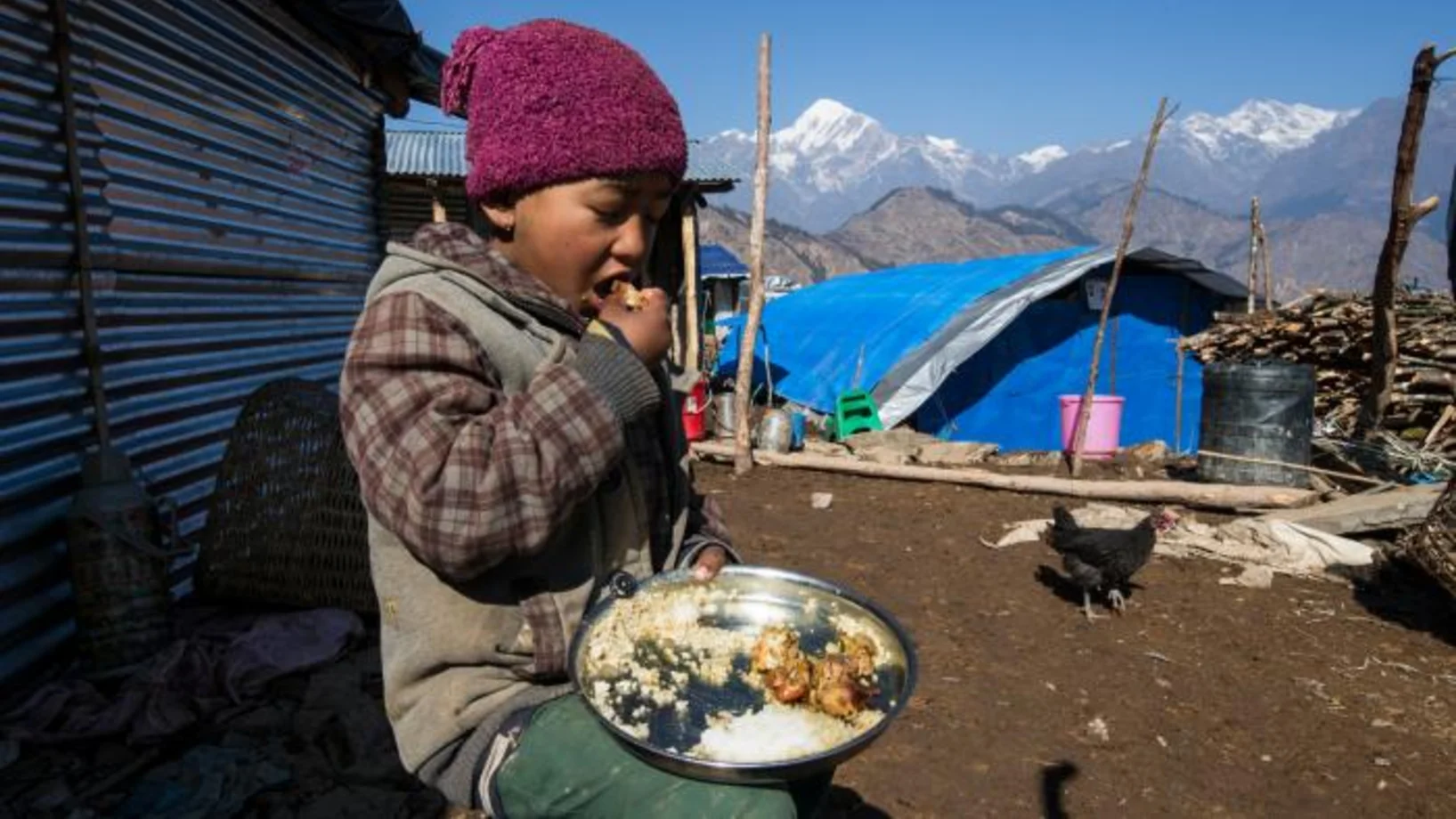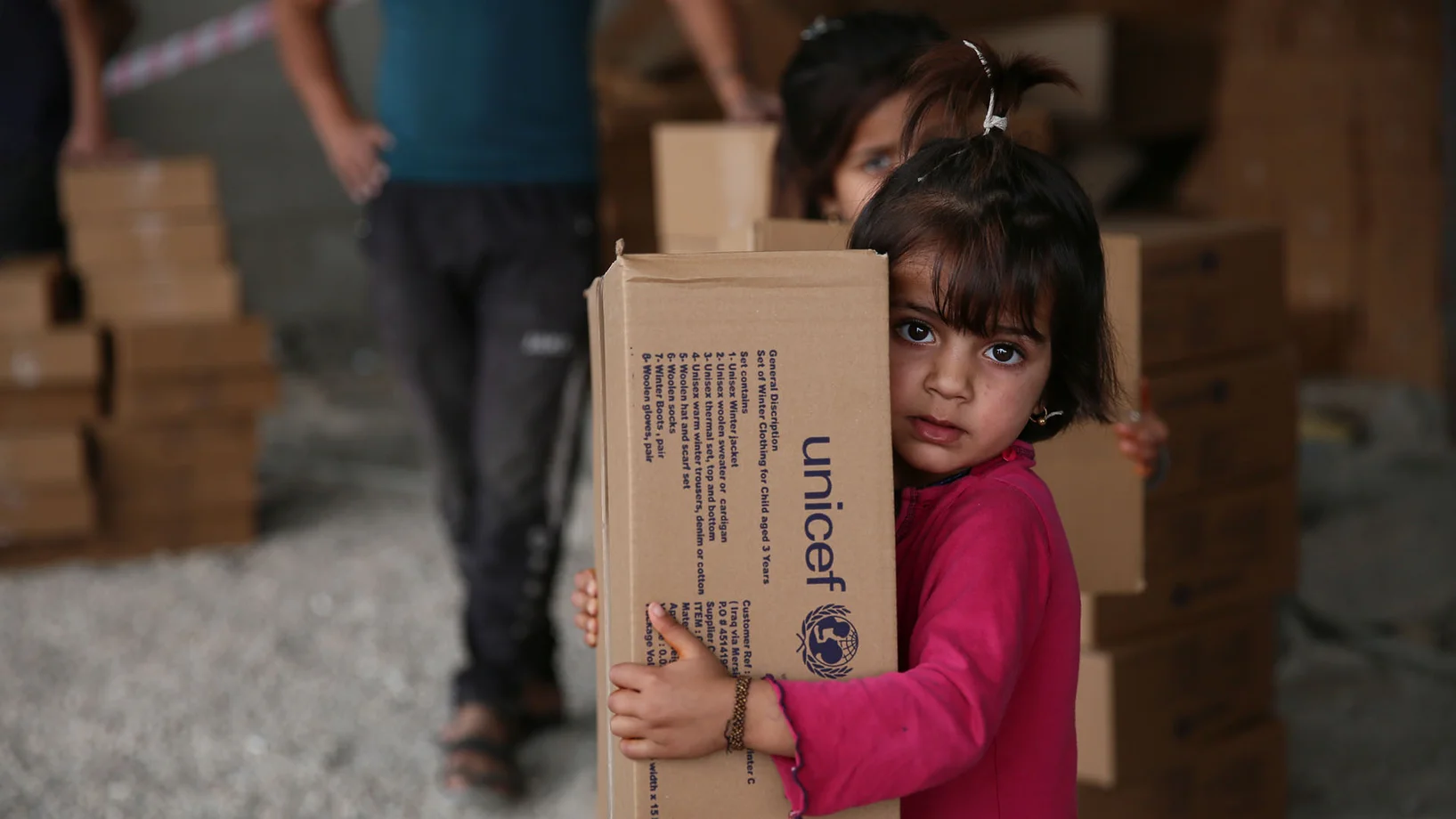Two major earthquakes struck Nepal in the spring of 2015. They caused massive damage to infrastructure, cost 9,000 lives and left 600,000 families homeless. After providing life-saving emergency relief, UNICEF is now supporting reconstruction efforts in this impoverished country.
The situation
Nepal is one of the poorest countries in the world. The quakes on April 25 and May 12, 2015, destroyed large parts of the country’s already weak infrastructure and killed nearly 9,000 people. Thousands of people were injured, and many more were deprived of their livelihoods. Numerous homes, health facilities and schools were destroyed in the earthquakes.
The immediate needs of children in Nepal were enormous after the disasters. In the hardest-hit areas, 70 percent of birthing centers were damaged or destroyed, leaving women and newborns without a safe place to stay. Nearly one million children were unable to attend school.
What UNICEF has achieved thanks to your help
UNICEF’s response began on day one. The response to UNICEF’s global emergency appeal was unprecedented, and we have been working every day since to keep children safe and healthy and help families rebuild their lives. UNICEF was able to provide long-term healthcare, send children back to school and provide them with the psychosocial support they needed after the terrible natural disaster.
- Together with the Nepalese government and local partners, for example, UNICEF provided tents, medicine, hygiene items, school supplies and toys.
- 1.3 million people were provided with clean drinking water by means of resources such as water tanks, water distribution and water purification tablets. A clean water and hygiene campaign also helped contain the spread of cholera.
- Working with child protection agencies, UNICEF identified nearly 40,000 unaccompanied, separated and vulnerable children, helping to prevent further family separation and exploitation.
- Emergency camps were set up for pregnant women and young mothers, enabling them to give birth to and care for their children under medical supervision.
- UNICEF set up nearly 1,800 emergency classrooms so that children could continue to attend school.
- UNICEF supported a nationwide polio immunization campaign that reached 3.6 million children under the age of five.
- Those in particular need also received emergency relief in the form of a small cash payment so that they could purchase basic necessities locally.
There remains much to be done for the children of Nepal. With 80 percent of the country’s health facilities and much of its water and sanitation infrastructure destroyed by the quakes, reconstruction will take years.
UNICEF will be there for the children of Nepal, and anywhere else in the world where emergency help is required, for as long as they need us. Learn more about our current disaster and emergency appeals.
Thank you very much for your support.
